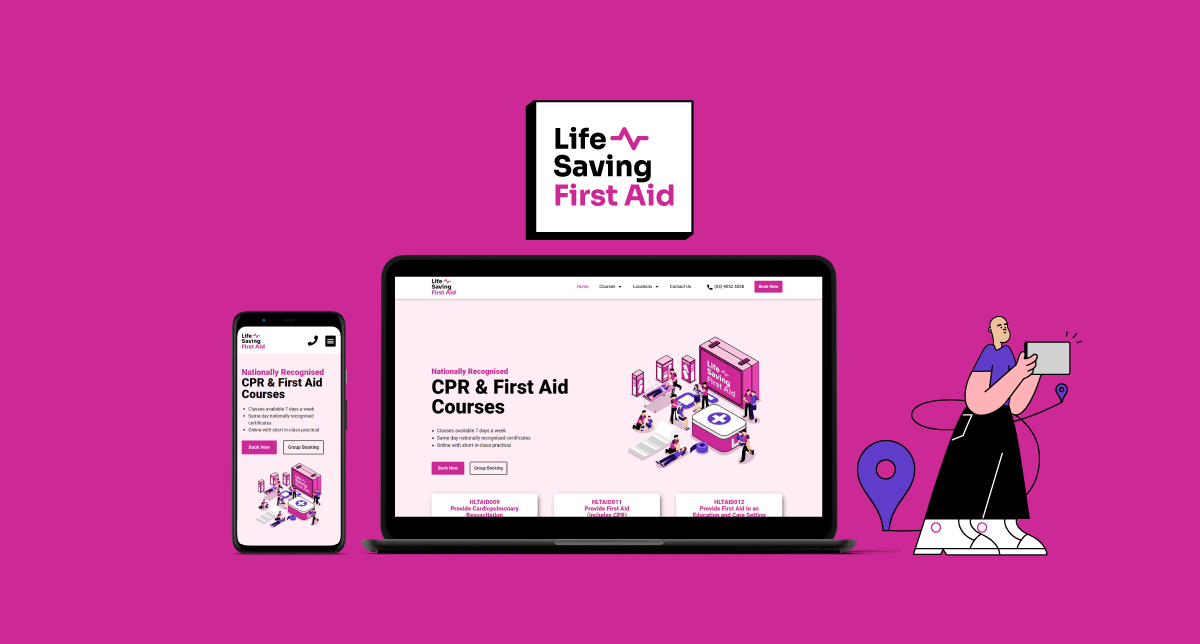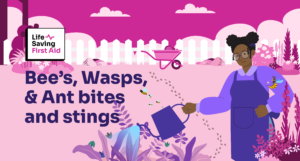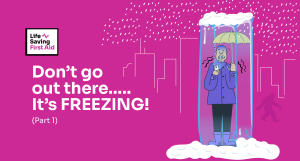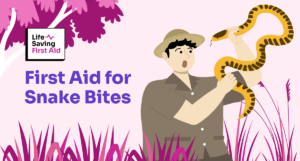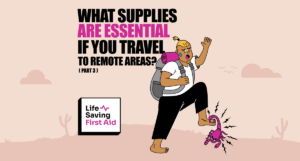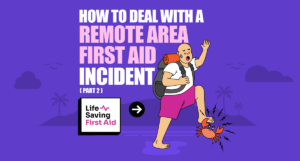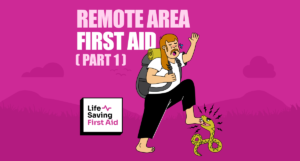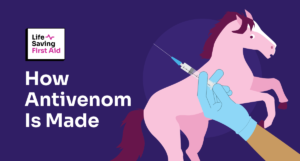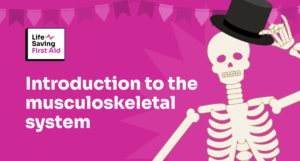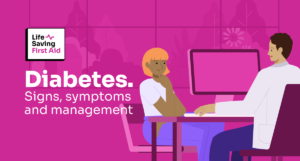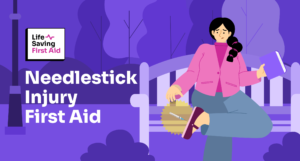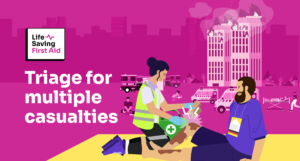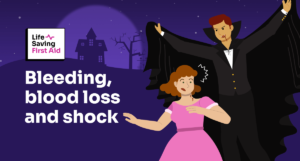Our Company
We opened our doors in November 2017 and since then have trained thousands of people all over Melbourne and Victoria in first aid.
Anybody involved in first aid training knows how rewarding it is to see students leave a training session with the skills to save a life.
In fact, I reckon anybody that has completed our first aid training leaves the training confident they can deal with a first aid emergency. This is a good thing!
We have grown. From humble beginnings with a staff of 2 doing everything in one location, to where we are now, 6 office staff, 10 trainers providing training at our 3 locations – Preston, Deer Park, and Dandenong as well as onsite at schools and businesses, 7 days a week.

Phew…!
Anyway, that’s us. A small group of very professional people providing an excellent, and very useful, service to the community.
Our Mission and Goal
We believe first aid is for everyone, everywhere.
Our mission
Empower as many people as possible with the first aid skills to save a life
We understand just how valuable knowing first aid can be. Through our first aid courses we aim to teach as many people as possible first aid skills. First aid skills which just might help you save a life.
Be it your loved one, or a stranger, you will be able to offer assistance, with confidence, and make a real difference.
How would that feel?
Now, you can always book a first aid course with us to learn first aid and receive a certificate. Thousands of people do this every year, and we are extremely grateful for their support.
We are proud of our reputation, and we are aware of the positive impact all these people, trained in first aid, make in their communities. Empower as many people as possible with the first aid skills to save a life.
We realised another way we could achieve our mission and give back to our community at the same time, was to provide access to the latest, up to date, first aid information and first aid skills demonstrations.
Our Goal
Provide access to first aid information, available 24/7, for everyone.
How can we best achieve our goal?
By posting blogs, using social media like Facebook, Instagram, and more, we will create a first aid resource available 24/7 that anyone can access. For free!
This will provide everyone who has completed a course access to first aid demonstrations and information, refreshing their knowledge and skills in between first aid courses.
For those that have no formal first aid qualifications, it will give them some understanding of first aid theory and practical skills.
I might add, while the focus will be on all things first aid, we are planning to include lots of other relevant topics to keep it interesting.
Conclusion
As I said, this is a short post to give an overview of Life Saving First Aid, the company.
All of us here strive to make the process of attaining a first aid qualification as easy and seamless as possible. We also do our best to deliver training of the highest standard, so our students are confident in their ability to use first aid to save a life.
We consistently get 5 star Google reviews from our students so I guess we must be doing something right!
Watch for our posts and blogs on social media and here, on our website.
Well, that’s that. Until next time….. Stay safe
Adrian
